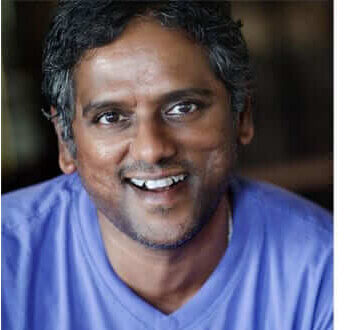I was recently reading a book by a Vietnamese Buddhist monk (Yes…I really do read books by Vietnamese Buddhist monks. No, I’m not Buddhist.) when I came across this section that struck me:
“When I think deeply about the nature of hope, I see something tragic. Since we cling to our hope in the future, we do not focus our energies and capabilities on the present moment. We use hope to believe something better will happen in the future…Hope becomes a kind of obstacle.” – Thich Nhat Hanh
Granted, I’m pretty sure he wasn’t talking about starting a business and this is out of context. None-the-less, I think some “live in the moment” lessons can be applied to this thing we call the startup.
Abandon Hope All Ye Who Start Things Up
Despite the title (I like provocative titles. You should have seen what I was planning to call this post.), I’m not suggesting permanently abandoning all sense of hope and replacing it with a black béret, a cigarette, and a wistful look of ennui. Hope (and faith) in our entrepreneurial vision is what gets us started on our path to build a new company. It’s also what gets us through some of the rough patches.
But as entrepreneurs searching for a business model, hope can be our enemy.
It can tell us “it might get better tomorrow” when our metrics are plummeting. It can tell us every month that next month will be the one where we turn the corner. Hope is always for something just beyond our present reach.
Your Business Exists in the Present
Your business exists in the present tense, not the future.
Although we plan for hockey stick growth, startups have to act daily to incrementally pull ourselves up with our bootstraps. This requires a phenomenal amount of focus and dedication on getting things done day by day. Our startup might not last until the end of the week, let alone years and years.
If we spend all of our time planning for the future, nothing will get done today.
Moreover, we have to look realistically at the data that is coming in and not shy away from it while thinking blissfully about a tomorrow that may never come. We need to talk to our customers every day and sift through all that qualitative and quantitative data to find out how to provide value to our customers. If we get too wrapped up in the future, we might not realize that reality is telling us to pivot.
If we spend too much time dreaming, we might not realize that our customers have a different dream.
Walk the Line
There is a very fine line between a business model pivot and giving up too soon. The one can feel like the other. It’s important for us to walk the fine line between planning for the future and paying mindful attention to the present.
A good pivot doesn’t mean giving up on your dreams and goals, it just means you are going to achieve them in a slightly different way. Perhaps you’ll solve the same problem, but with a different product. Perhaps you’ll solve a different problem, but for the same customer.
Perhaps, even in business, there is some wisdom in listening to Buddha and living in the present.




























